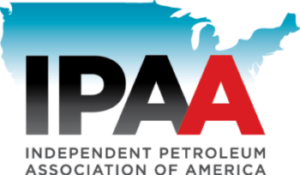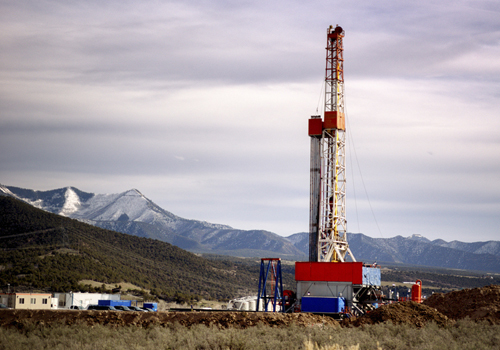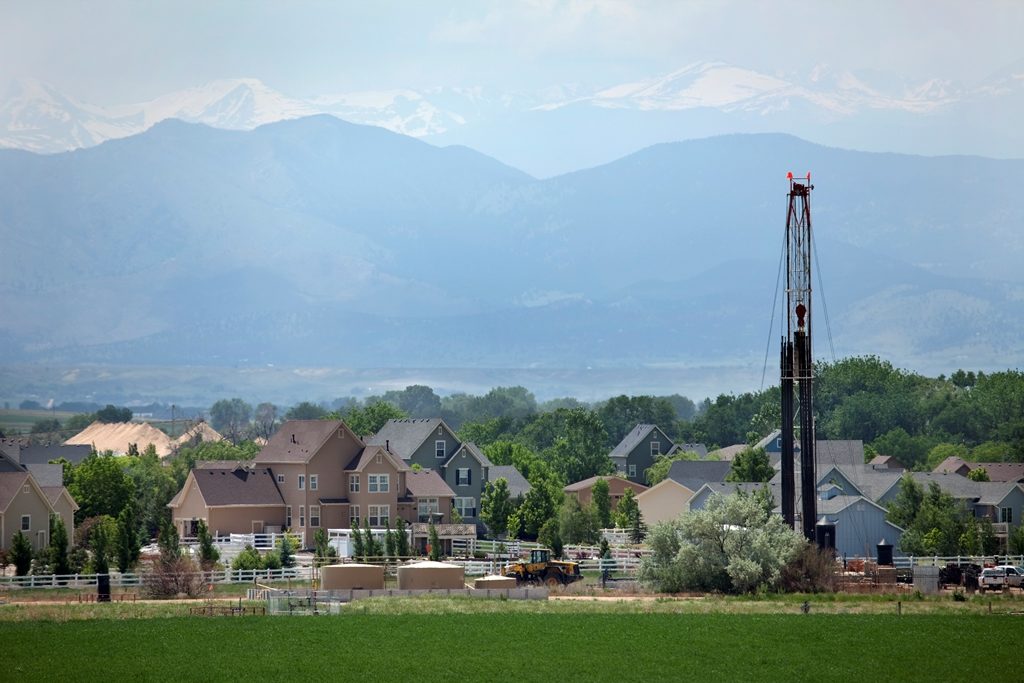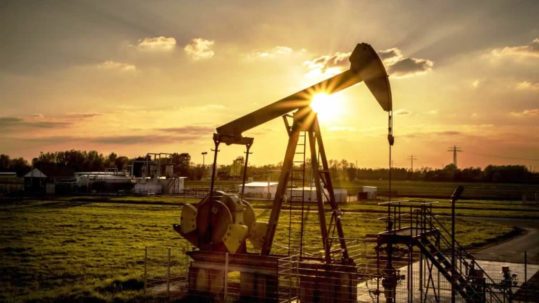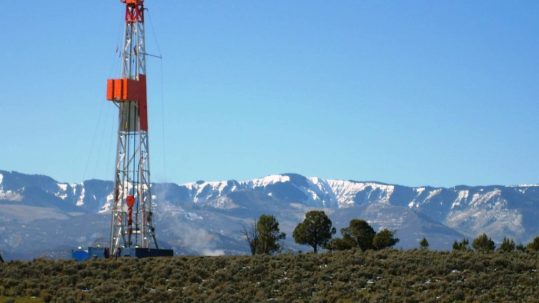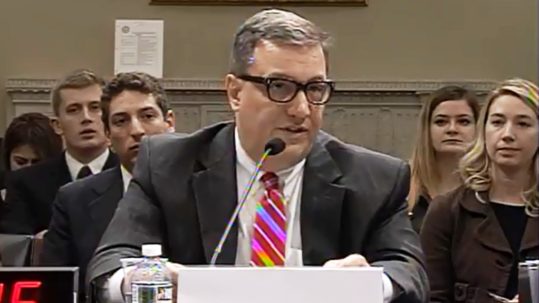Hydraulic fracturing, or “fracking” as it is more commonly known, is just one small method of the broader process of unconventional development of oil and natural gas. Fracking is a proven drilling technology used for extracting oil, natural gas, geothermal energy, or water from deep underground. Fracking has been safely used in the United States since 1947. More than 1.7 million U.S. wells have been completed using the fracking process, producing more than seven billion barrels of oil and 600 trillion cubic feet of natural gas.
Put simply, hydraulic fracturing is the process of injecting liquid and materials at high pressure to create small fractures within tight shale formations to stimulate the production and safely extract energy from an underground well after the drilling has ended and the rig and derrick are removed from the site. The process takes about three to five days, on average, to complete from start to finish. Once the fracturing operation is finished, the well is considered “completed” and is now ready to safely produce American oil or natural gas for years, even decades, to come.
Fracking is a uniquely American success story that has provided immense benefits around the nation. By safely unlocking America’s abundant natural resources, fracking has created millions of American jobs, reduced energy prices, brought cleaner air by significantly reducing U.S. greenhouse gas emissions to 25-year-lows, strengthened our national security, and transformed the United States into a global energy superpower.


